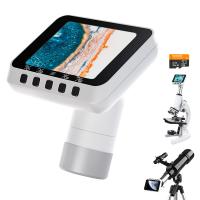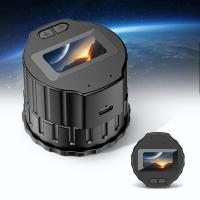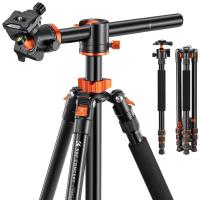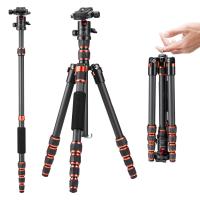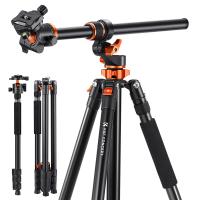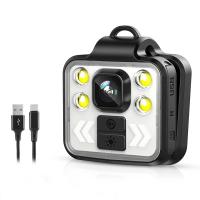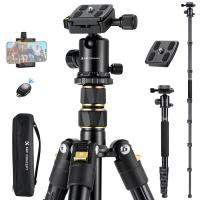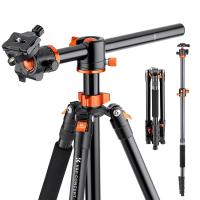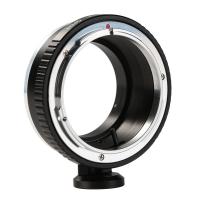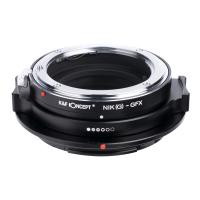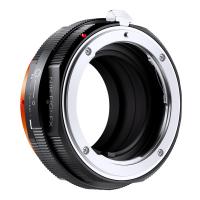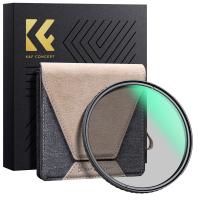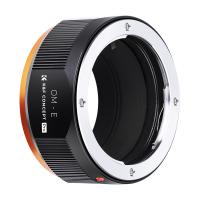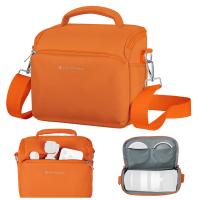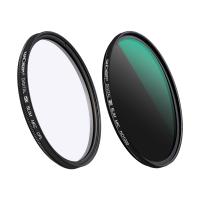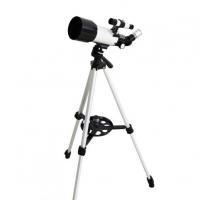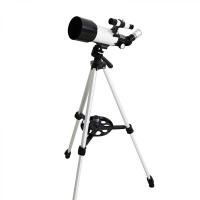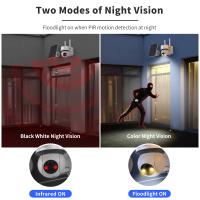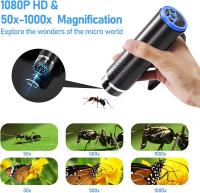How Do Telescopes Work?
Telescopes have long been a cornerstone of astronomical discovery, allowing us to peer into the vast expanse of the universe and uncover its many secrets. Understanding how telescopes work can provide valuable insights into both the technology behind these instruments and the science they enable. In this article, we will delve into the fundamental principles of telescopes, explore the different types of telescopes, and discuss their applications in both professional astronomy and amateur stargazing.
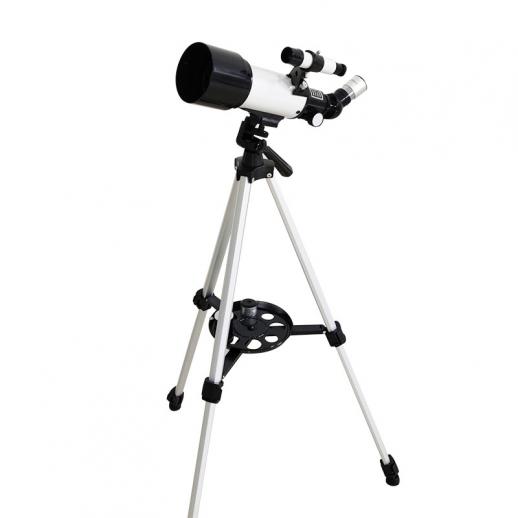
The Basic Principles of Telescopes
At its core, a telescope is an instrument designed to collect and magnify light from distant objects. The primary function of a telescope is to gather more light than the human eye can, thereby allowing us to see fainter objects and resolve finer details. This is achieved through two main components: the objective (or primary) lens or mirror, and the eyepiece.
1. Objective Lens or Mirror: The objective is the first optical element that light encounters when it enters the telescope. In refracting telescopes, this is a lens, while in reflecting telescopes, it is a mirror. The objective's primary role is to collect light and bring it to a focus, creating an image.
2. Eyepiece: The eyepiece is a secondary lens that magnifies the image formed by the objective. By adjusting the eyepiece, users can change the magnification and focus of the image.
Types of Telescopes
There are several types of telescopes, each with its own unique design and advantages. The three main categories are refracting telescopes, reflecting telescopes, and catadioptric telescopes.
Refracting Telescopes
Refracting telescopes, or refractors, use lenses to gather and focus light. The primary lens, known as the objective lens, bends (refracts) light rays to converge at a focal point, where an image is formed. The eyepiece then magnifies this image for the observer.
Advantages:
- Simple design with minimal maintenance.
- Generally provide sharp and high-contrast images.
Disadvantages:
- Chromatic aberration: Different wavelengths of light are refracted by different amounts, leading to color fringing around objects.
- Can be expensive to produce large, high-quality lenses.
Reflecting Telescopes
Reflecting telescopes, or reflectors, use mirrors instead of lenses to collect and focus light. The primary mirror is usually concave, reflecting light to a focal point. A secondary mirror then directs the light to an eyepiece or camera.
Advantages:
- No chromatic aberration, as mirrors reflect all wavelengths of light equally.
- Easier and cheaper to produce large mirrors compared to large lenses.
Disadvantages:
- Mirrors can require regular maintenance, such as cleaning and realignment.
- Open-tube designs can be susceptible to dust and debris.
Catadioptric Telescopes
Catadioptric telescopes combine lenses and mirrors to take advantage of the benefits of both designs. The most common types are Schmidt-Cassegrain and Maksutov-Cassegrain telescopes. These telescopes use a combination of a primary mirror, a corrector plate, and a secondary mirror to form an image.
Advantages:
- Compact and portable design.
- Reduced optical aberrations, providing high-quality images.
Disadvantages:
- More complex and expensive than simple refractors or reflectors.
- Can require more maintenance and alignment.
How Telescopes Magnify Objects
The magnification of a telescope is determined by the focal lengths of the objective and the eyepiece. The focal length is the distance over which light is brought to a focus. The magnification (M) can be calculated using the formula:
\[ M = \frac{F_{\text{objective}}}{F_{\text{eyepiece}}} \]
where \( F_{\text{objective}} \) is the focal length of the objective lens or mirror, and \( F_{\text{eyepiece}} \) is the focal length of the eyepiece.
For example, if a telescope has an objective focal length of 1000 mm and an eyepiece focal length of 25 mm, the magnification would be:
\[ M = \frac{1000}{25} = 40 \]
This means the telescope would make objects appear 40 times larger than they do to the naked eye.
Applications of Telescopes
Telescopes have a wide range of applications, from professional astronomical research to amateur stargazing and even terrestrial observations.
Professional Astronomy
In professional astronomy, telescopes are essential tools for exploring the universe. Large observatories around the world house powerful telescopes that can observe distant galaxies, nebulae, and other celestial phenomena. These telescopes are often equipped with advanced instruments such as spectrographs and cameras to analyze light in various wavelengths, from visible to infrared and beyond.
Space telescopes, such as the Hubble Space Telescope, have revolutionized our understanding of the cosmos by providing clear, unobstructed views of space from above Earth's atmosphere. These telescopes have made groundbreaking discoveries, including the expansion of the universe and the existence of exoplanets.
Amateur Astronomy
For amateur astronomers, telescopes offer a way to explore the night sky and observe celestial objects in greater detail. Many enthusiasts start with small refractors or reflectors, which are affordable and easy to use. As they gain experience, they may invest in more advanced equipment, such as computerized mounts and larger telescopes.
Amateur astronomers often participate in star parties and astronomy clubs, where they can share their observations and learn from others. They may also contribute to scientific research by observing variable stars, tracking asteroids, or participating in citizen science projects.
Terrestrial Observations
Telescopes are not limited to astronomical use; they can also be used for terrestrial observations. Birdwatchers, for example, use spotting scopes (a type of refracting telescope) to observe birds and other wildlife from a distance. Similarly, telescopes can be used for long-range viewing in activities such as surveillance, hunting, and maritime navigation.
Choosing the Right Telescope
Selecting the right telescope depends on several factors, including the intended use, budget, and level of experience. Here are some tips to help you choose the best telescope for your needs:
1. Determine Your Purpose: Are you interested in observing planets, deep-sky objects, or terrestrial subjects? Different telescopes are better suited for different types of observations.
2. Consider Your Budget: Telescopes can range from a few hundred to several thousand dollars. Set a budget and look for the best options within that range.
3. Evaluate Portability: If you plan to travel with your telescope or have limited storage space, consider a compact and lightweight model.
4. Check for Accessories: Some telescopes come with additional accessories, such as eyepieces, finderscopes, and mounts. These can enhance your observing experience and provide better value for money.
5. Read Reviews and Seek Advice: Research online reviews and seek advice from experienced astronomers or local astronomy clubs. They can provide valuable insights and recommendations based on your specific needs.
Telescopes are powerful tools that have expanded our understanding of the universe and brought the wonders of the cosmos within reach. By understanding how telescopes work and the different types available, you can make informed decisions about which telescope is best suited for your needs. Whether you are a professional astronomer, an amateur stargazer, or simply curious about the night sky, a telescope can open up a world of discovery and exploration.


